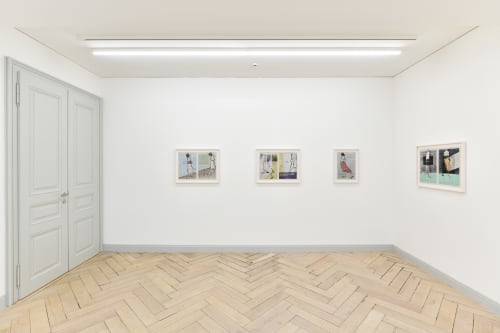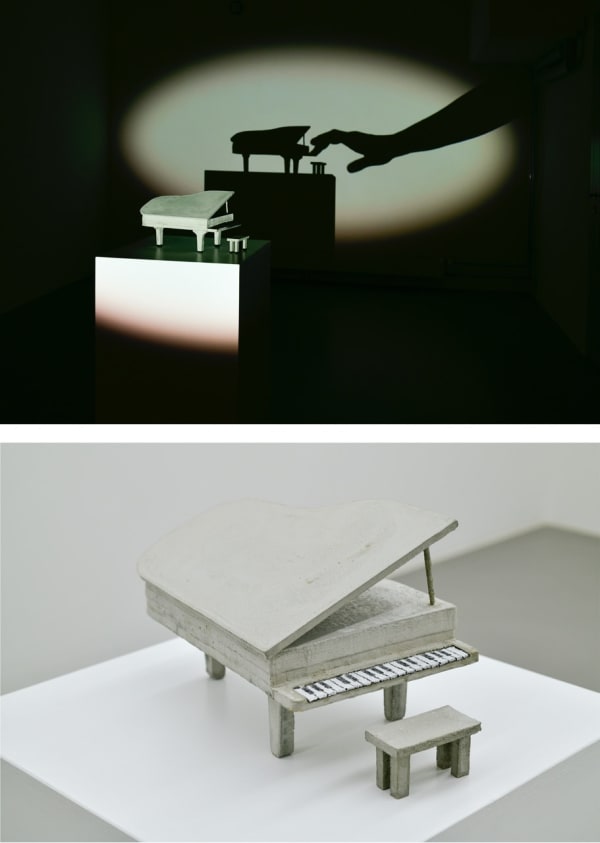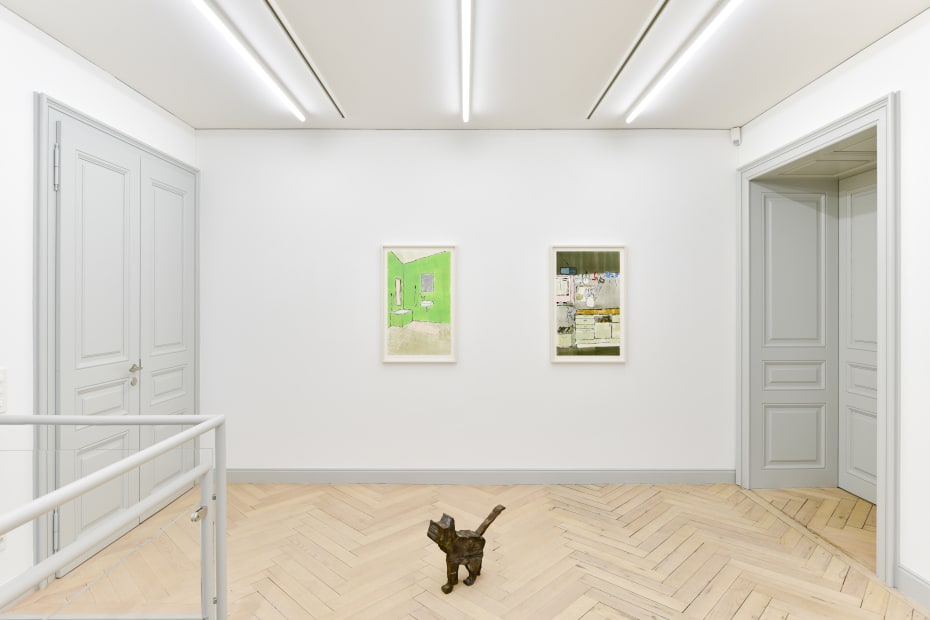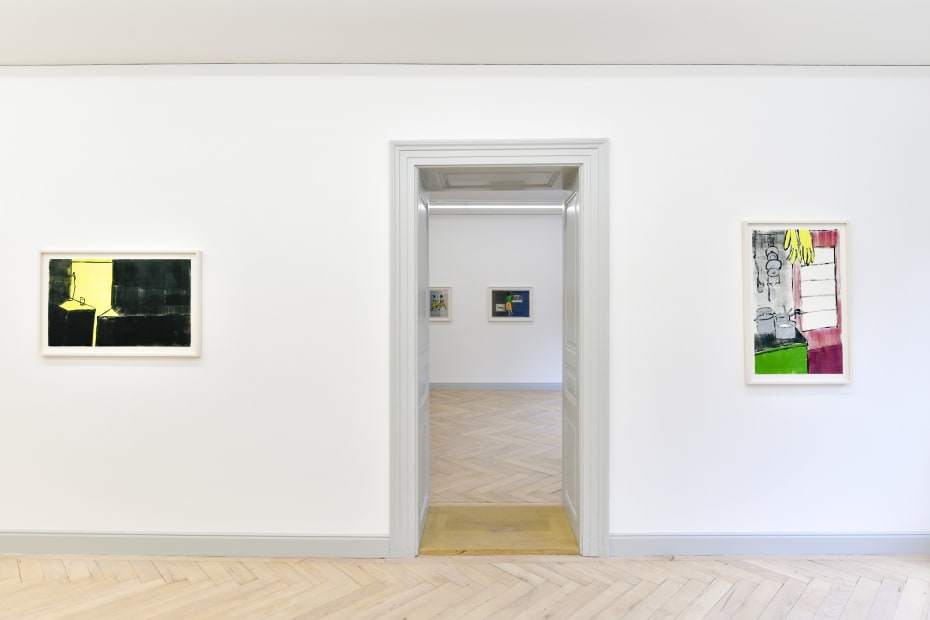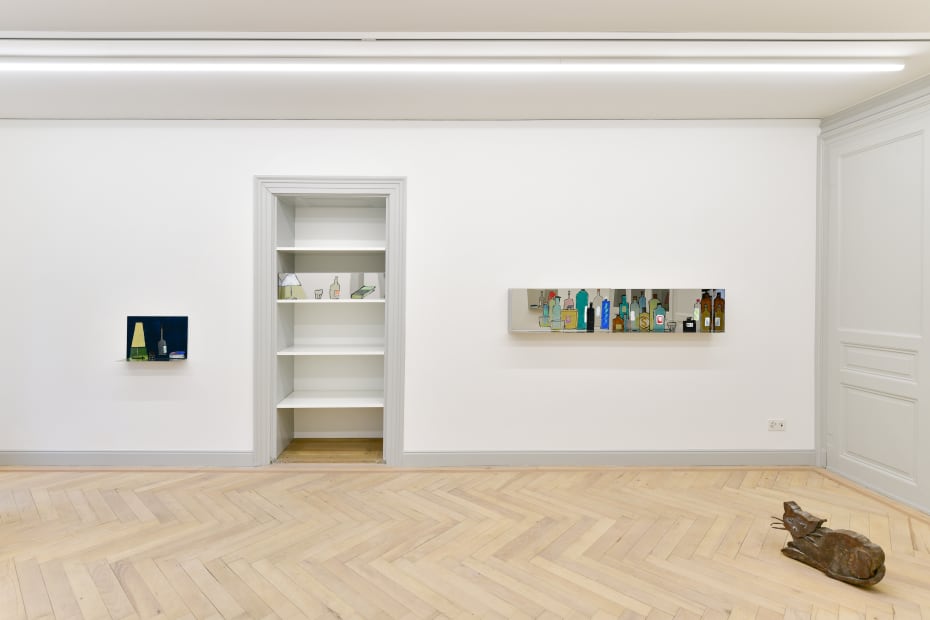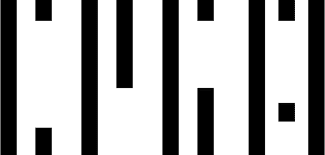Zilla Leutenegger: MezzaninGalerie Peter Kilchmann, Rämistrasse, Zurich
Galerie Peter Kilchmann is pleased to present the first solo exhibition of Zilla Leutenegger at our new Zurich branch at Rämistrasse 33. The exhibition will inaugurate the new location and will spread out over all five exhibition rooms.
JANUARY 16 - MARCH 27, 2021
-
 Zilla Leutenegger23. Mai 2020 (der Börsengang), 2020Oil on newspaper (monotype)46.5 x 63 cm (18.3 x 24.8 in.)
Zilla Leutenegger23. Mai 2020 (der Börsengang), 2020Oil on newspaper (monotype)46.5 x 63 cm (18.3 x 24.8 in.)
56 x 72.5 cm (22.0 x 28.5 in.), framed -
 Zilla Leutenegger25. Mai 2020 (dritter Börsengang), 2020Oil on newspaper (monotype)46.5 x 63 cm (18.3 x 24.8 in.)
Zilla Leutenegger25. Mai 2020 (dritter Börsengang), 2020Oil on newspaper (monotype)46.5 x 63 cm (18.3 x 24.8 in.)
56 x 72.5 cm (22.0 x 28.5 in.), framed -
 Zilla Leutenegger4. Nov. 2020 (More than this), 2020Oil on newspaper (monotype)46.5 x 63 cm (18.3 x 24.8 in.)
Zilla Leutenegger4. Nov. 2020 (More than this), 2020Oil on newspaper (monotype)46.5 x 63 cm (18.3 x 24.8 in.)
56 x 72.5 cm (22.0 x 28.5 in.), framed -
 Zilla LeuteneggerGIN Bar, 2020Oil on polished chrome steel (monotype)30.5 x 80 x 20 cm (12.0 x 31.5 x 7.9 in.)Unique
Zilla LeuteneggerGIN Bar, 2020Oil on polished chrome steel (monotype)30.5 x 80 x 20 cm (12.0 x 31.5 x 7.9 in.)Unique -
 Zilla LeuteneggerMini Bar, 2020Oil on polished chrome steel (monotype)35 x 50 x 15 cm (13.8 x 19.7 x 5.9 in.)Unique
Zilla LeuteneggerMini Bar, 2020Oil on polished chrome steel (monotype)35 x 50 x 15 cm (13.8 x 19.7 x 5.9 in.)Unique -
 Zilla LeuteneggerKirsch Bar, 2020Oil on polished chrome steel (monotype)35 x 84.5 x 15 cm (13.8 x 33.3 x 5.9 in.)Unique
Zilla LeuteneggerKirsch Bar, 2020Oil on polished chrome steel (monotype)35 x 84.5 x 15 cm (13.8 x 33.3 x 5.9 in.)Unique -
 Zilla LeuteneggerKatze, seitlich stehend, 2020Bronze
Zilla LeuteneggerKatze, seitlich stehend, 2020Bronze
Signiert an der rechten Hinterpfote: LEZI 202044 x 38.5 x 13 cm (17.3 x 15.2 x 5.1 in.)Variation 1/3 -
 Zilla LeuteneggerKatze, sitzend hoch, 2020Bronze
Zilla LeuteneggerKatze, sitzend hoch, 2020Bronze
Signiert an der Unterseite des Schwanzes: LEZI 202038 x 37.5 x 11 cm (15.0 x 14.8 x 4.3 in.)Variation 1/ 3 -
 Zilla LeuteneggerKatze, kauernd (Cat, crouching), 2020Bronze
Zilla LeuteneggerKatze, kauernd (Cat, crouching), 2020Bronze
Signiert an der rechten Unterseite: LEZI 202029 x 46.5 x 13.5 cm (11.4 x 18.3 x 5.3 in.)Variation of 3 -
 Zilla LeuteneggerStoneway, 2020Installation, object in concrete with sgraffito, 1 single channel video, color, sound, 4 min, loopObject: 20 x 40 x 30 cm
Zilla LeuteneggerStoneway, 2020Installation, object in concrete with sgraffito, 1 single channel video, color, sound, 4 min, loopObject: 20 x 40 x 30 cm
Ed. 2/3 (+ 1 AP)
